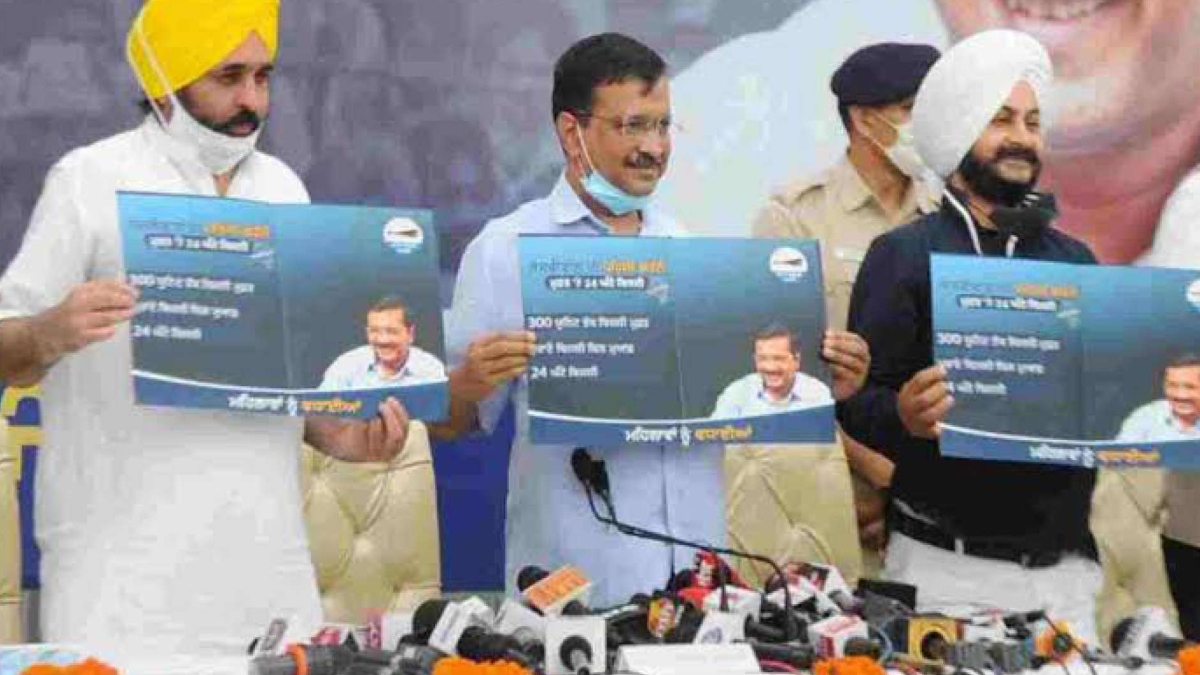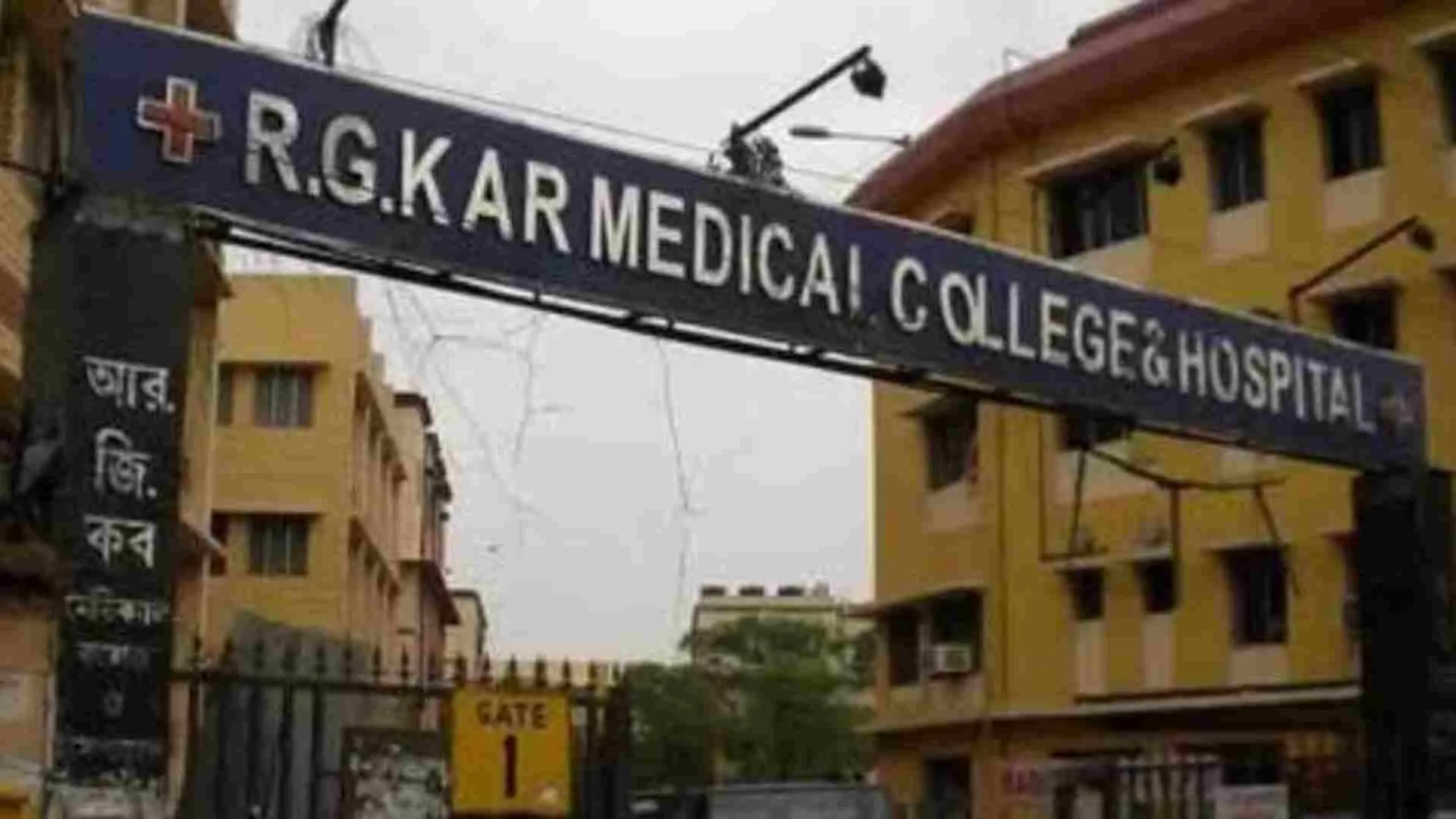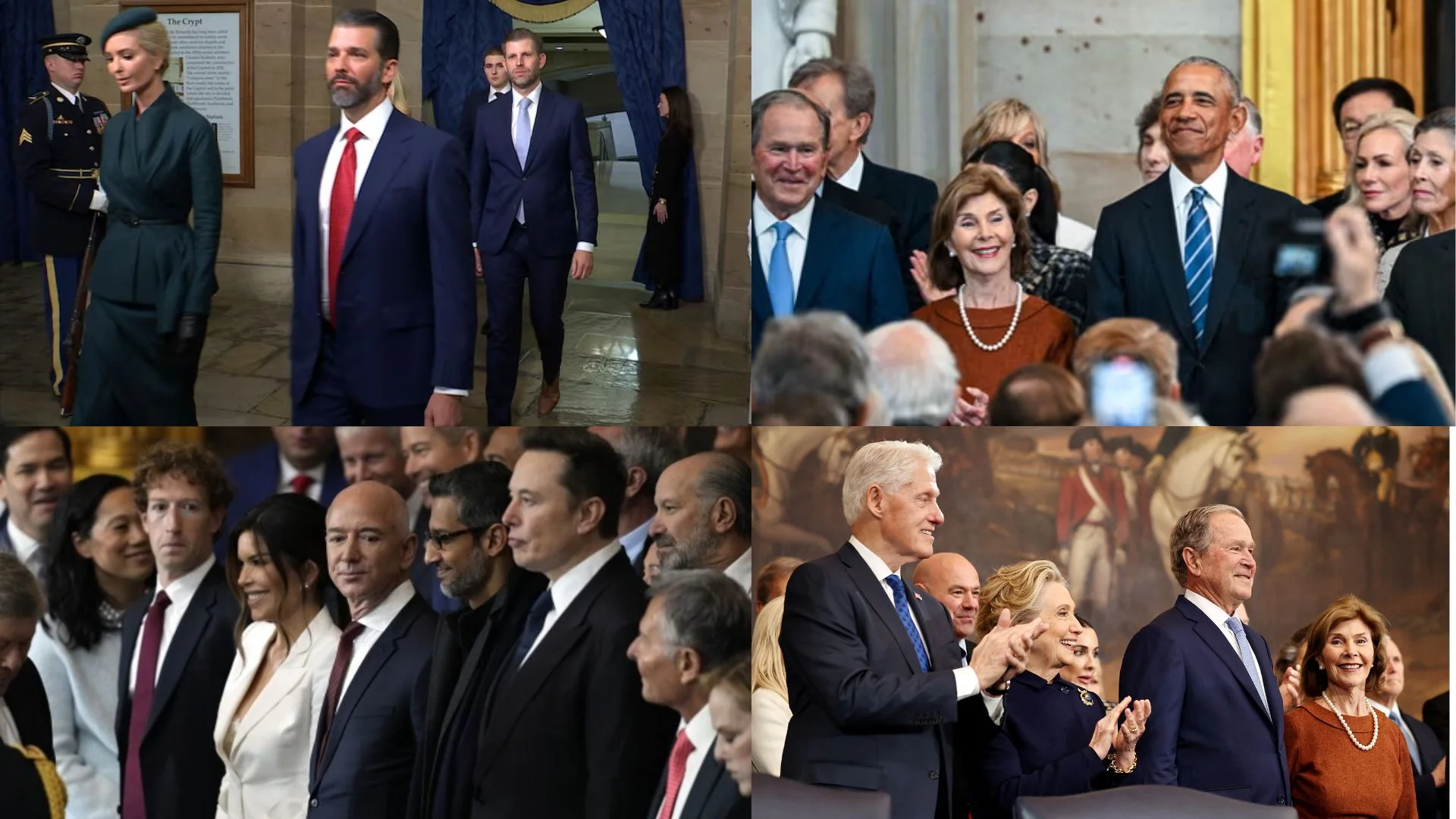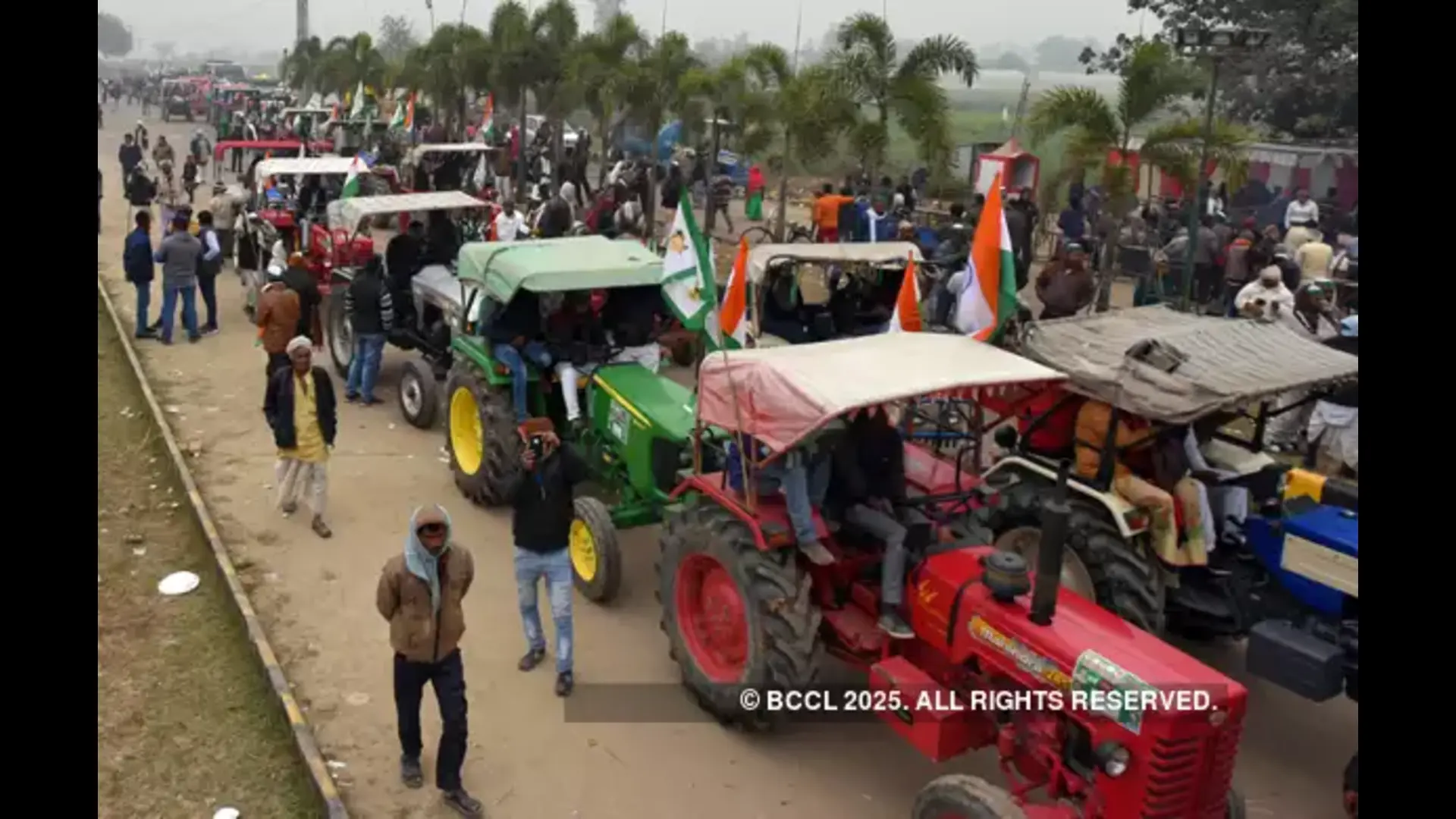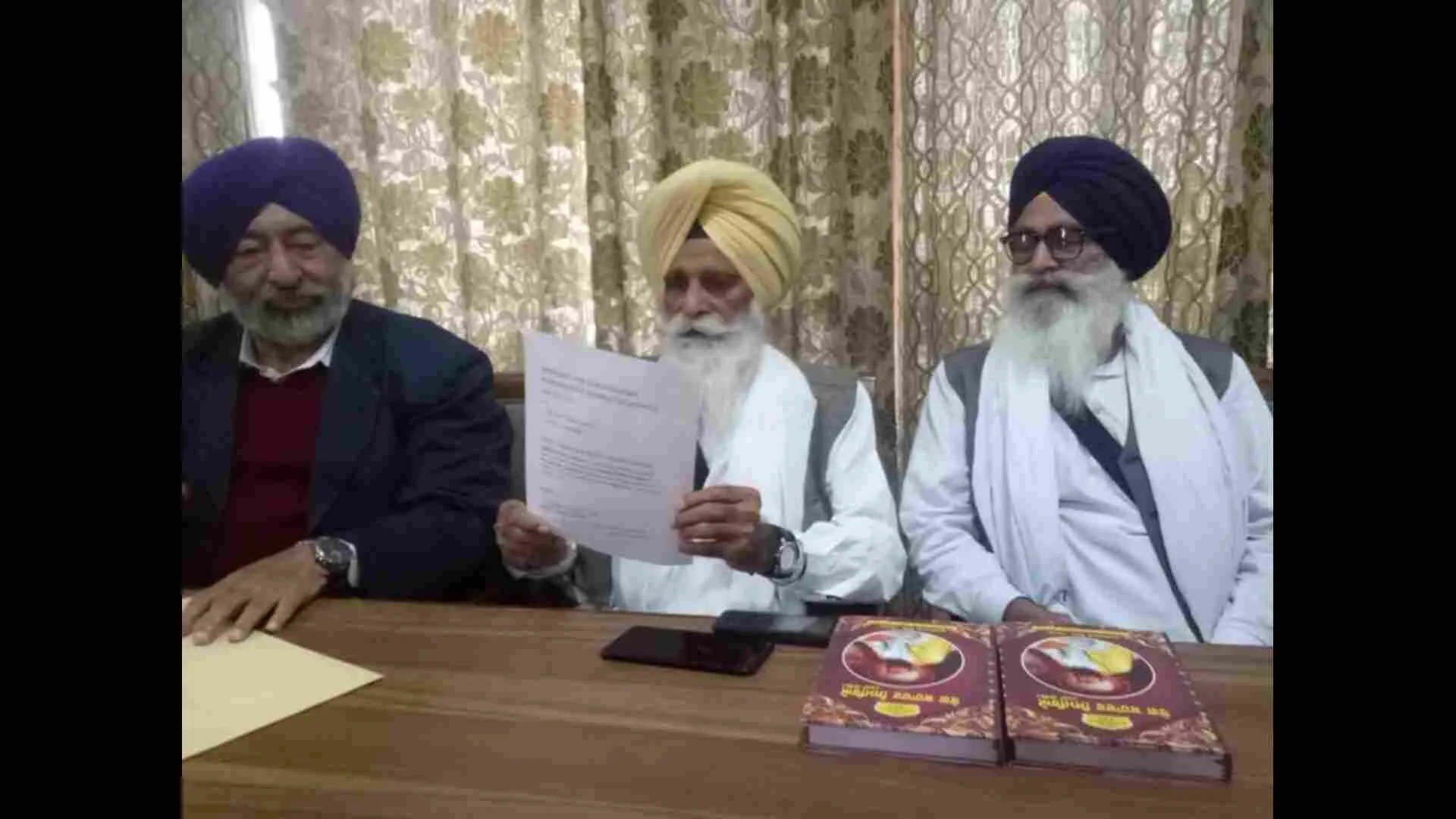Parties offering freebies targeting various sections of society in the run-up to the 2022 Assembly elections was the trend this time. In Uttar Pradesh, the Samajwadi Party, which emerged as the second-largest party in the elections, announced a freebie package worth Rs 25,500 crores, involving 300 units of free electricity to households, free power for irrigation, and allowances for women. Similarly, the Aam Aadmi Party (AAP), which won in Punjab, promised constituents a wide array of freebies as a part of its “Delhi Model”, from loan waivers, free electricity, and several direct benefits such as unemployment allowance for the youth. The estimated value of the AAP’s freebies is likely to be around Rs 20,600 crores per annum. The Bharatiya Janata Party (BJP), in an attempt to emulate the promises being made by other parties, promised an unemployment allowance, farm loan waiver, and free electricity along with allowances for students. The Indian National Congress (INC), which failed to win in any state, had also made similar promises, including pension for elderly women and free gas cylinders for households.
While the Arvind Kejriwal-led AAP has popularised freebies, making it a core element of their election promises across states as part of its “Delhi Model”, parties have been using freebies to lure in voter groups for years. In the hypercompetitive political landscape of India, the last few elections have been a testament to the fact that parties are continuing to use freebies as a bargaining chip with voters. However, the impact of the provision of freebies and their overall benefit has been long up for debate, with many industry experts stating that in the long run, the cost of providing such freebies increases due to the hidden externalities associated with their provision. Speaking at an event last week, N.K. Singh, the Chairperson of the Fifteenth Finance Commission flagged the rising culture of “competitive freebie politics” in India as an issue to contend with. He added that freebies affect the macroeconomic stability of governments and distort the expenditure priorities of governments. Let’s dive into the impact the provision of freebies has had on the fiscal health of some states and evaluate the costs, both actual and hidden, of providing them.

Source: Wikimedia Commons
FISCAL IMPACT OF FREEBIES IN DELHI
The AAP came back to power in 2020 with a generous welfare and subsidy policy with benefits ranging from free bus rides for women, free electricity up to 200 units, free water up to 20,000 litres a month, fee-waivers and free tutoring for students from lower-income families, and free primary healthcare, amongst a host of other provisions. The party also made similar promises in 2016 and despite concerns pertaining to the viability of these schemes, the 2013-18 CAG (Comptroller and Auditor General) report concluded the Delhi State Government did not have any debt sustainability issues despite running such schemes. Although it should be mentioned that when the AAP came to power, it had a revenue surplus of around 4.2 per cent, and while this has declined gradually, it has stayed steady at around 0.6 per cent to 0.9 per cent. Overall, there has been a decline in both the capital and development expenditure undertaken by the state, which has automatically increased the cash funds at the disposal of the government. The Union Territory of Delhi has the highest funds available in the country for development spending and could have spent Rs 20,142 crores in the financial year 2019-20 while remaining within the fiscal deficit limits according to the state finances report by the Reserve Bank of India (RBI). Even the 2019 CAG Report showcases that the Delhi government has consistently managed to have a revenue surplus, prompting the AAP to use this as evidence that its policies are fiscally prudent and do not impact the financial health of the state. However, critics of the policy state that such policies are only fiscally prudent in the short term and have a much larger impact in the long term, making them unsustainable.

Source: The Hans India

The state’s revenue surplus has been falling every year, along with a fall in its own tax revenues (OTRs). While the state continues to operate with a surplus budget, experts point out this is largely due to the huge surpluses created by previous governments in the state. In addition to this, it has been pointed out that while expenditure on both education and healthcare (considered the two most important sectors in the “Delhi Model” of development of the AAP) has increased, overall investment in new infrastructure has actually reduced. Financial experts suggest this could indicate these popular welfare policies have come at the cost of asset creation and infrastructure development, which directly impacts the long-run financial health of the state as well as its overall production capacity.
PUNJAB’S FISCAL HEALTH
The AAP in Punjab inherited a state government with a debt of around Rs 2.82 lakh crores from the previous INC led state government. When the INC government came into power in 2017, it inherited a debt of around Rs 1.82 lakh crores from the 10-year rule of the Shiromani Akali Dal (SAD) led government.
In the run-up to this election, the AAP had promised free electricity up to 300 units to the people of Punjab, and Rs 1,000 per month for every woman, aged 18 years and above in the state. These policies are likely to put substantial pressure on an already debt-ridden state economy. Given that the promise of the AAP would cover each household in the state (for the provision of free electricity), even at the most conservative estimates, it is likely to increase the subsidy bill by at least Rs 5,000 crores. Additionally, financial assistance of Rs 1,000 per month for every woman aged 18 years and above in the state, is expected to put an additional financial burden of Rs 15,600 crore on the State Exchequer, according to experts. AAP chief and Delhi Chief Minister Arvind Kejriwal also announced that the party will not levy any additional taxes in the state, which would also mean there is no avenue for the state to increase its tax revenue streams. The huge estimated costs of these welfare policies raise the question of their viability, especially for a debt-ridden state like Punjab. It should also be noted that newly elected Chief Minister Bhagwant Mann, in his first meeting with Prime Minister Narendra Modi in March, sought a financial package of around Rs 50,000 crore to improve the financial condition of the state.

Source: Al Jazeera English

Source: Al Jazeera English

THE DEBATE OVER FREEBIES
The Chairperson of the Fifteenth Finance Commission, N.K. Singh, speaking at an event earlier this month highlighted the dangerous nature of freebies and the impact this could have on the financial health of any state.
“The economics of freebies is invariably wrong. The economics and politics of freebies are deeply flawed. It is a race to the bottom and it is not the road to efficiency or prosperity, but a quick passport to fiscal disaster,” he said. Other financial and policy experts also believe that short-term welfare measures take weight away from growth-enhancing measures like strengthening the public distribution system, employment schemes, and healthcare infrastructure.

Source: Al Jazeera English

Source: Al Jazeera English
They believe competitive freebie politics undermines the macroeconomic stability of states. AAP’s promise of freebies in Punjab is likely to cost around Rs 17,000 crores, which would cost an additional 3 per cent of the GDP of the state.
Even the Supreme Court, responding to a public interest litigation (PIL), said political parties competing with each other to announce freebies and doles during electioneering has the potential to upset states’ finances and vitiate free and fair polls.

